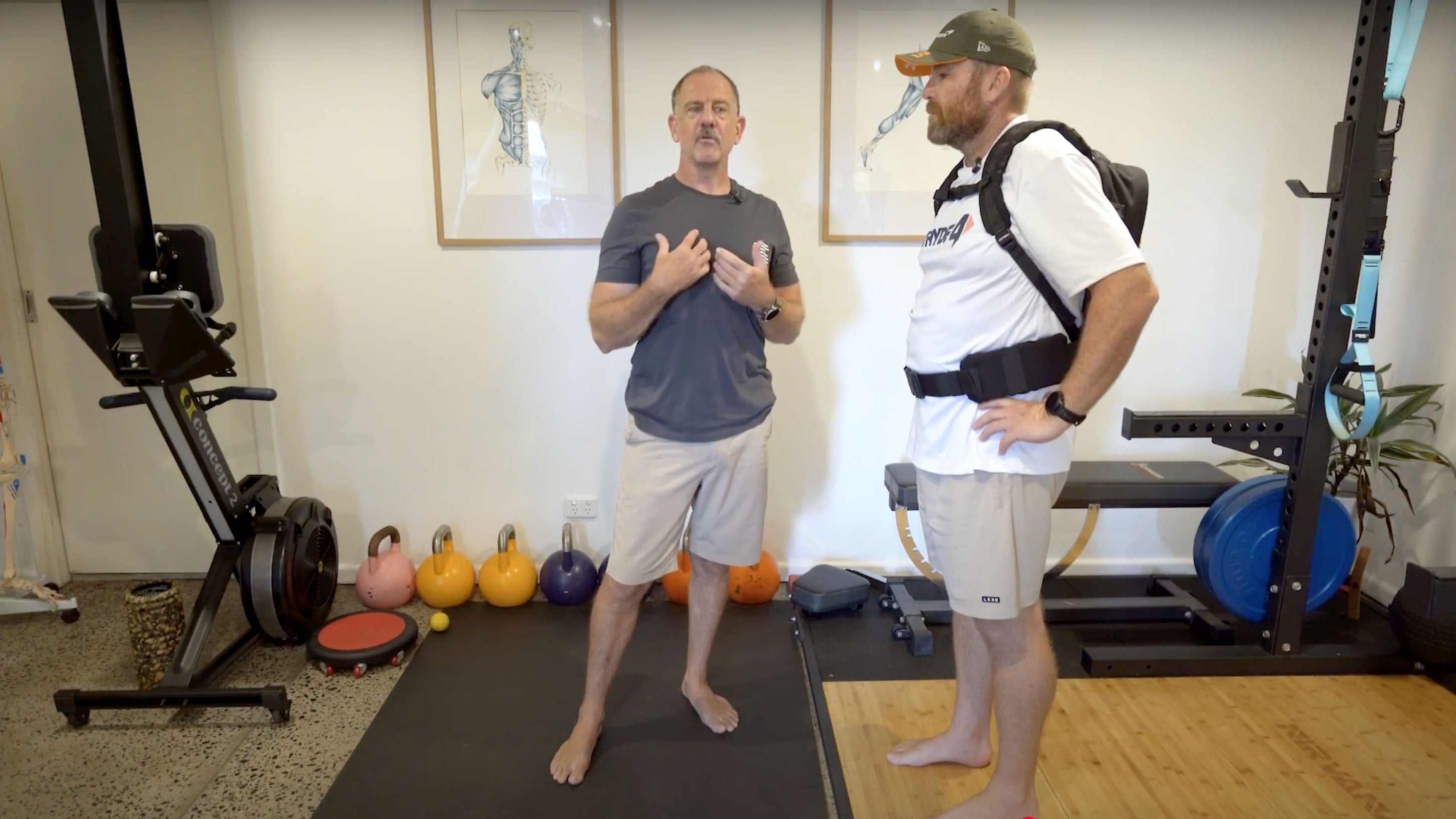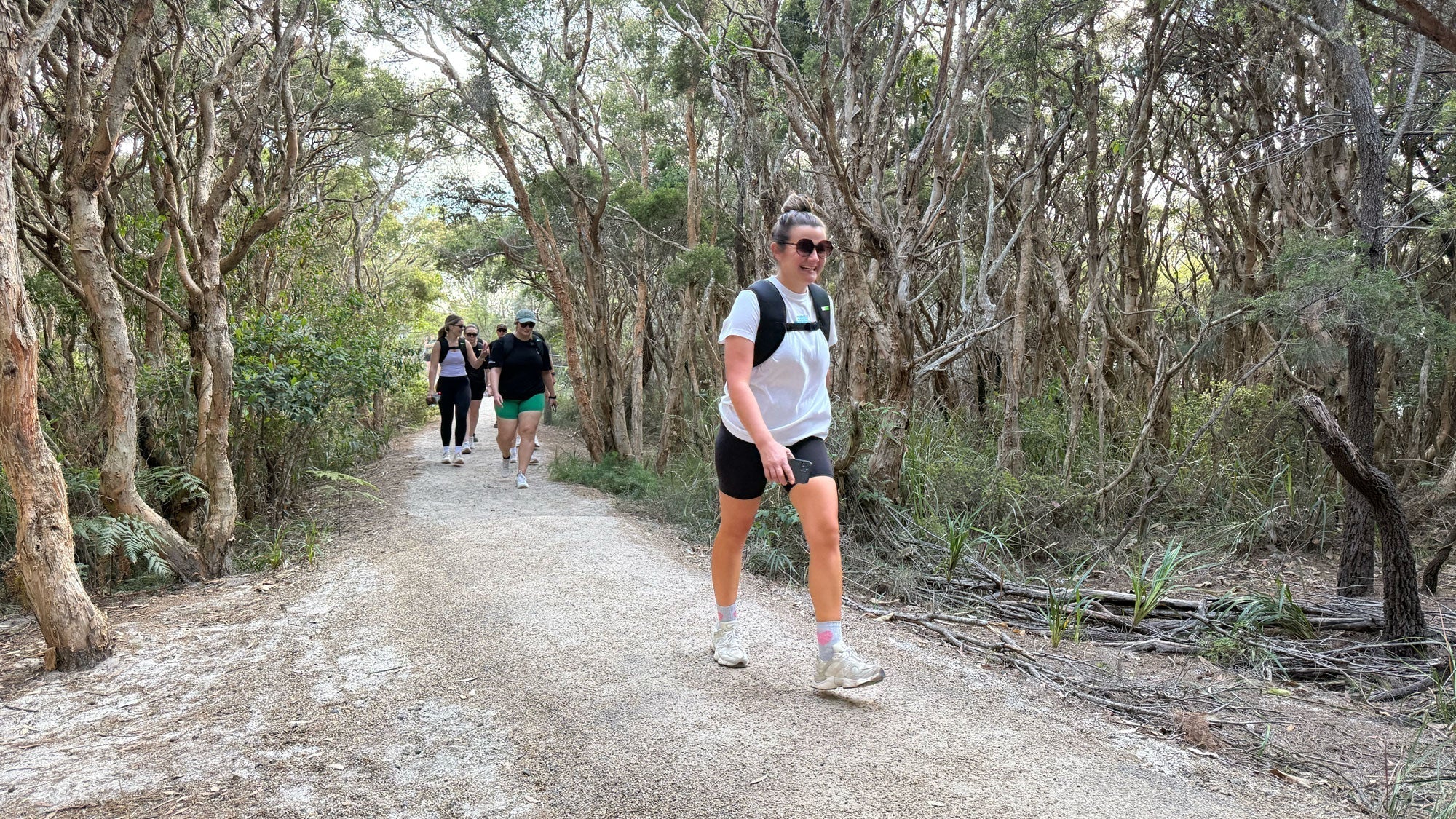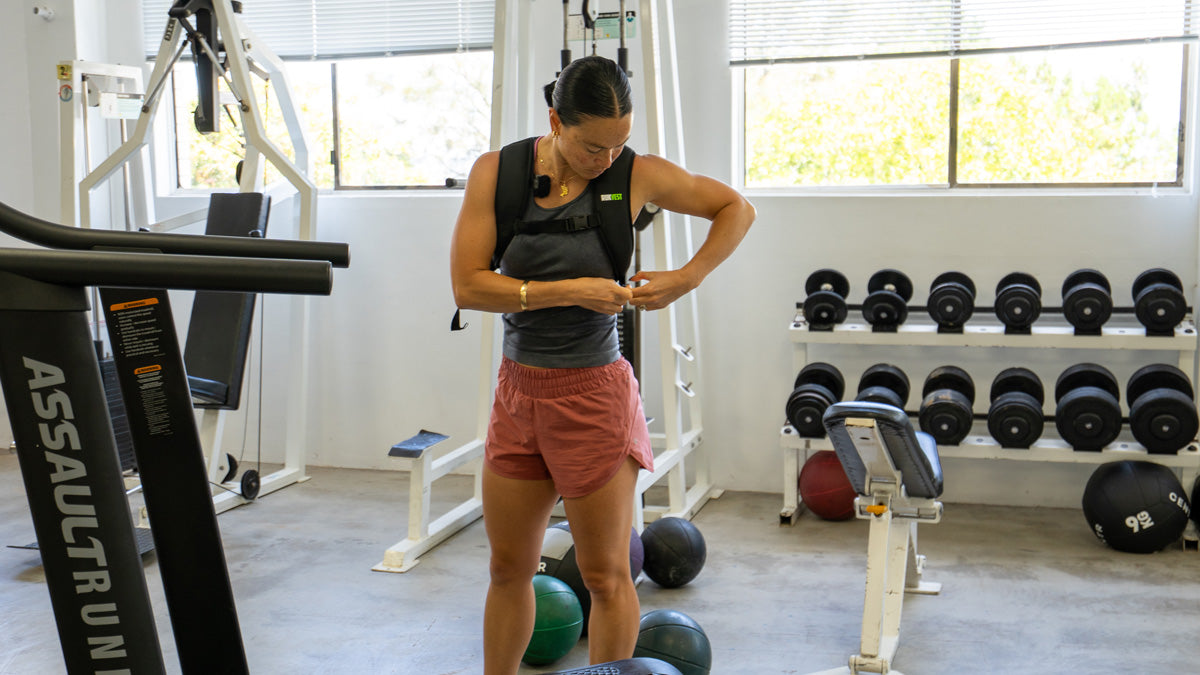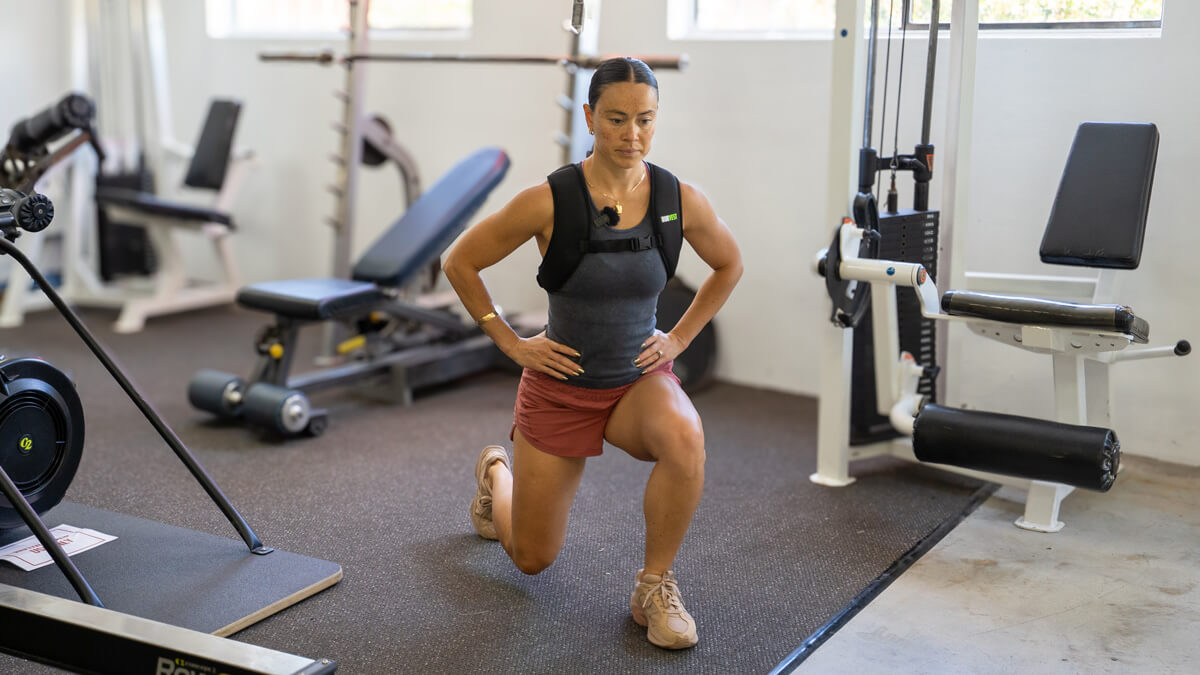If you've ever finished a big ruck and felt the telltale tightness in your glutes or hamstrings, you're not alone. In this video, exercise physiologist Glenn Phipps walks us through some powerful (and practical) mobility drills to help you both prepare for and recover from your rucking sessions.
Key Takeaways
- Exercise physiologist Glenn Phipps shares mobility drills to help you prepare for and recover from rucking.
- Isometric and dynamic movements improve muscle activation, posture, and injury prevention.
- Key drills include Cat-Cow for rib control, lat and hip mobility work, pelvic tilts, and glute activation leans.
- Post-ruck recovery moves and foot rolling support flexibility, circulation, and joint health.
- Glenn’s approach focuses on functional movement, helping ruckers perform better and recover stronger.
These stretches aren’t just about flexibility—they’re about movement quality, muscle activation, and preventing injury.
Why Stretching With Purpose Matters
According to Glenn, not all stretching is created equal. Rather than aimless pre-walk stretching, he recommends targeted movements based on your individual needs, especially before loading up a pack.
Key takeaways:
-
Isometric loading where you activate muscles while holding a position—can help wake up muscles you’ll need for your session.
-
Dynamic mobility work post-ruck can aid recovery and help you stay limber long-term.
A Breakdown of Key Drills From the Video
Here’s a snapshot of some of the moves Glenn covers in the video and why they matter:
Cat-Cow to begin
A familiar move, but Glenn’s version goes deeper. It’s not just about the spine. He looks for true rib cage control, a crucial factor in posture and upper body mobility when rucking.
Try this if: you tend to feel stiff in your mid or upper back after carrying weight.
Lat and Rib Cage Mobility
Using a wall or fence post, this stretch works to pull the hip away from the armpit, creating space through the lats and torso. A must if you feel ‘locked up’ through your upper body and to ensure muscles aren't staying in shortened positions for too long.
Try this if: your back or shoulders feel compressed under load.
Pelvic Tilts in Lunge Position
It might feel weird at first, but small, controlled pelvic tilts help loosen up key muscles that stabilise the hips – especially the TFL and hip flexors.
Try this if: you’ve had issues with hip tightness or one side loading more than the other. This one is also great if you are looking to ruck up stairs or up a hill.
Glute Activation Lean
With a bit of bodyweight and balance work, this drill helps build a strong neural connection between your glutes and big toe – crucial for gait and stability.
Try this if: you struggle to ‘feel’ your glutes on your ruck.
Funny Walk (Calf & Gait Prep)
This playful warm-up mimics toe-off mechanics and can help prepare your calves and feet for the extra load of a ruck.
Try this if: you’ve had sore calves or reduced stride when rucking.
Foot Rolling for Recovery
Using a small ball, Glenn recommends freeing up joints in the feet by actively moving the toes while rolling. It’s not just about loosening fascia, it’s about joint health too.
Try this if: you get stiff feet post-ruck, or want to improve the way your whole kinetic chain moves.
Post Ruck Movement
Moving post ruck as just as important as your pre ruck stretching. Watch the video for more ideas to get the blow flowing in your legs and open up areas that may have contracted during your ruck.
Postural Considerations
There are a few things to be aware of when considering posture while you ruck, and these are covered by Glenn from the 12 minute mark onwards.
Final Thoughts
This isn’t your average stretch-and-hold routine. Glenn’s approach focuses on function, not just flexibility, arming your body to perform better, and recover stronger.
Whether you’re new to rucking or have been carrying heavy for years, these simple but effective drills can make a big difference in how you feel and move.
Watch the video above for full demonstrations and explanations, and give a few of these a go before your next session.








Share:
Rucking Good Fuel: Eating for Stronger Bones
We Showed Up Strong at the Healthy Ageing Summit